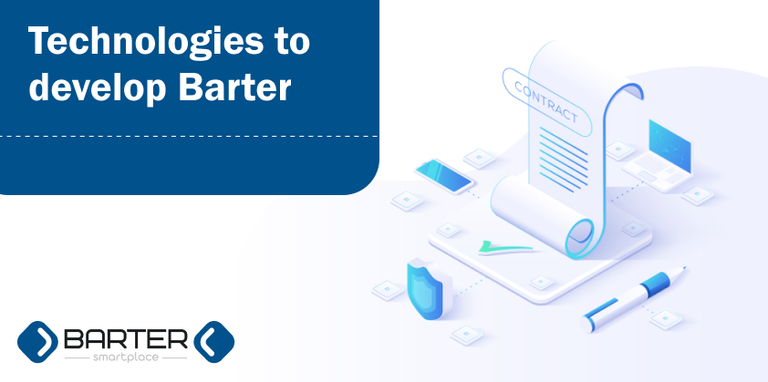
Blockchain is used as a foundation for building the Barter ecosystem. Blockchain is a relatively young technology, but is proven to be a tool for optimizing many business processes and automating human algorithms, which can be replaced by code. Bitcoin showed how fast “money” can be, Ethereum optimized the release of decentralized applications with personal tokens, and at the same time BTC and ETH are public for everyone.
Sooner or later every blockchain is faced with the problem of scalability. With the growth of the amount of network members, the queue, which is waiting to be written to the block, is growing, because the block size is limited. To solve this problem, several years ago second-level solutions, such as Lightning Network on Bitcoin, began developing. The proliferation of decentralized applications due to the simplicity of their creation provoked Ethereum to develop side chains, for example, Raiden, POA and other networks that solve scalability problems by opening state canal, which performs heavy calculations outside the main circuit and does not overload Ethereum.
Below we indicate which technologies are used as priority in the development of the Barter architecture:
Plasma by Ethereum is the foundation for the Barter: smartplace ecosystem, which scales to potentially billions of transactions per second, allowing you to run a large number of low-cost smart contracts.
0x Extensions will provide support for a new type of trade — barter trade — a solution that Barter offers. This extension facilitates the interaction between the ERC-721 and ERC-20 tokens, which will allow the exchange of non-interchangeable assets.
Enigma Protocol is a solution for ensuring the confidentiality of personal data of platform participants, which is important for the smartplace ecosystem.
Barter focuses on the confidentiality of participants in the transaction, as the platform is potentially designed for large-value exchanges with the conclusion of a digital legal contract. While smart contract is being concluded, a digital copy of the barter agreement is recorded to the blockchain, but it may not be available publicly at the request of the parties to the contract and a private key will be required to view it. The zk-SNARKs privacy protocol allows you to use several types of secret transactions: when one of the parties needs to be confidential or need to hide only the cost of transactions or when both parties and the value of their transaction must remain secret.